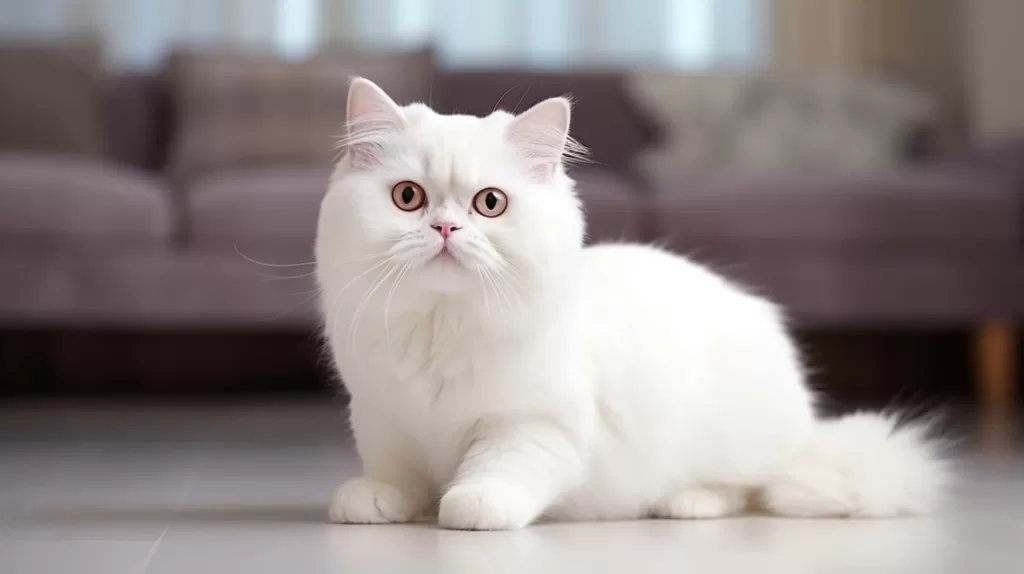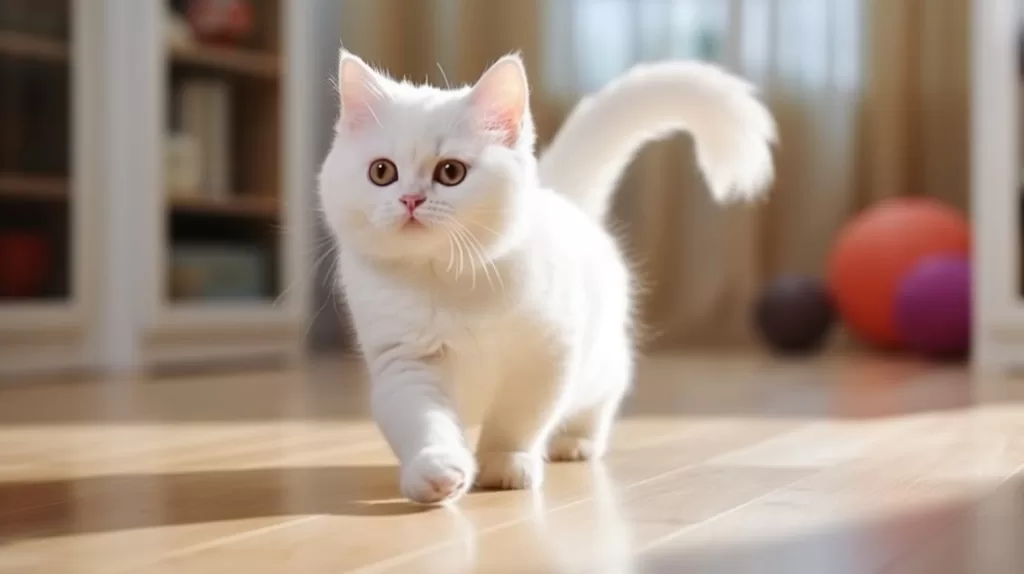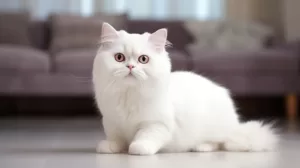Paris, France
The feline world is filled with fascinating diversity, and among the many cat breeds, some attract special attention due to their small size. Cats that stay small are the subject of many myths andpreconceptions, but what is it really? In this article, we'll explore the truth behind these misconceptions and uncover the facts about these adorable kitties that never seem to grow up.
The idea of a cat that retains its kitten size throughout his life often arouses astonishment and wonder. Many people think that some cat breeds don't grow as much as others, but is this really true or just a persistent myth?
In reality, there is no specific breed of cat that stays small forever. All cats follow a similar growth cycle, going through the kitten, adolescent and adult stages. First of all, it is true that some breeds reach their adult size earlier than others, which can make them appear small.
Cat Breeds That Stay Small: What Are They?
Although no cat breed stays perpetually small, some reach adult size earlier than other larger breeds. Cat breeds that tend to stay relatively small include:
The Munchkin
The Munchkin is a breed of cat known for its short legs, which give it a unique look. Although its shortened limbs may give the impression that it is still a kitten, the Munchkin usually reaches its adult size around 1 to 2 years of age.

The American Curl
The American Curl is known for its delicately curved backward ears, giving it a soft and expressive appearance. Although this breed may appear small and fragile, they reach adult size around 2 to 3 years of age.
The LaPerm
The LaPerm stands out for its curly coat and silky, giving it a unique appearance. Although it may appear smaller than other cats due to its slender body, the LaPerm frequently reaches adult size around 1 to 2 years of age.
Several factors affect a cat's size and can make it appear small longer than others.
The Genetics of Cats That Stay Small
Genetics play a vital role in determining a cat's size. Some lines may tend to reach adult size earlier, while others may take longer to fully develop.
Characteristics of small cats
Small cats generally have the following characteristics:
- They are lighter than large cats.
- They have finer bones.
- They have one longer lifespan than large cats.
- They are less prone to health problems, such as obesity, heart disease and joint problems.
- They are easier to transport and handle.
- They are more suitable for apartment living.
Benefits of Small Cats
There are many benefits to adopting a small cat. Here are some of these benefits:
- They are easier to live with than larger cats.
- They take up less space, eat less and are less prone to health problems.
- They are more suited to apartment living.
- They are often more cuddly and affectionate than large cats.
- They are easier to transport and handle.
Disadvantages of small cats
There are also some disadvantages to adopting a small cat. Here are some of these disadvantages:
- They may be more fragile than larger cats.
- They can be more sensitive to cold.
- They may be harder to find at animal shelters.
- They can be more expensive than large cats.
Indeed, small cats are popular pets that offer many benefits. They are more comfortable to live with, more suited to apartment life and generally more cuddly and affectionate than large cats. This is why it is necessary to do your research and choose a breed that suits you.

Health and Nutrition of Cats That Stay Small
Health and nutrition play a vital role in a cat's growth. A balanced diet and appropriate care can promote healthy and regular growth, while health problems or malnutrition can delay the cat's development.
Environment and Stimulation
The environment in which a cat lives can also influence its physical development. A stimulating environment with sufficient exercise and play can facilitate harmonious growth.
In short
Although there is no cat breed that stays small forever, some breeds tend to reach their adult size sooner than others. Cats that never seem to grow are often the result of factors such as genetic, health, nutrition and the environment. Understanding these factors helps us debunk the myth that the cat stays small. As responsible owners, it is essential to provide our cats with the appropriate care to promote their healthy and happy development throughout their lives.


